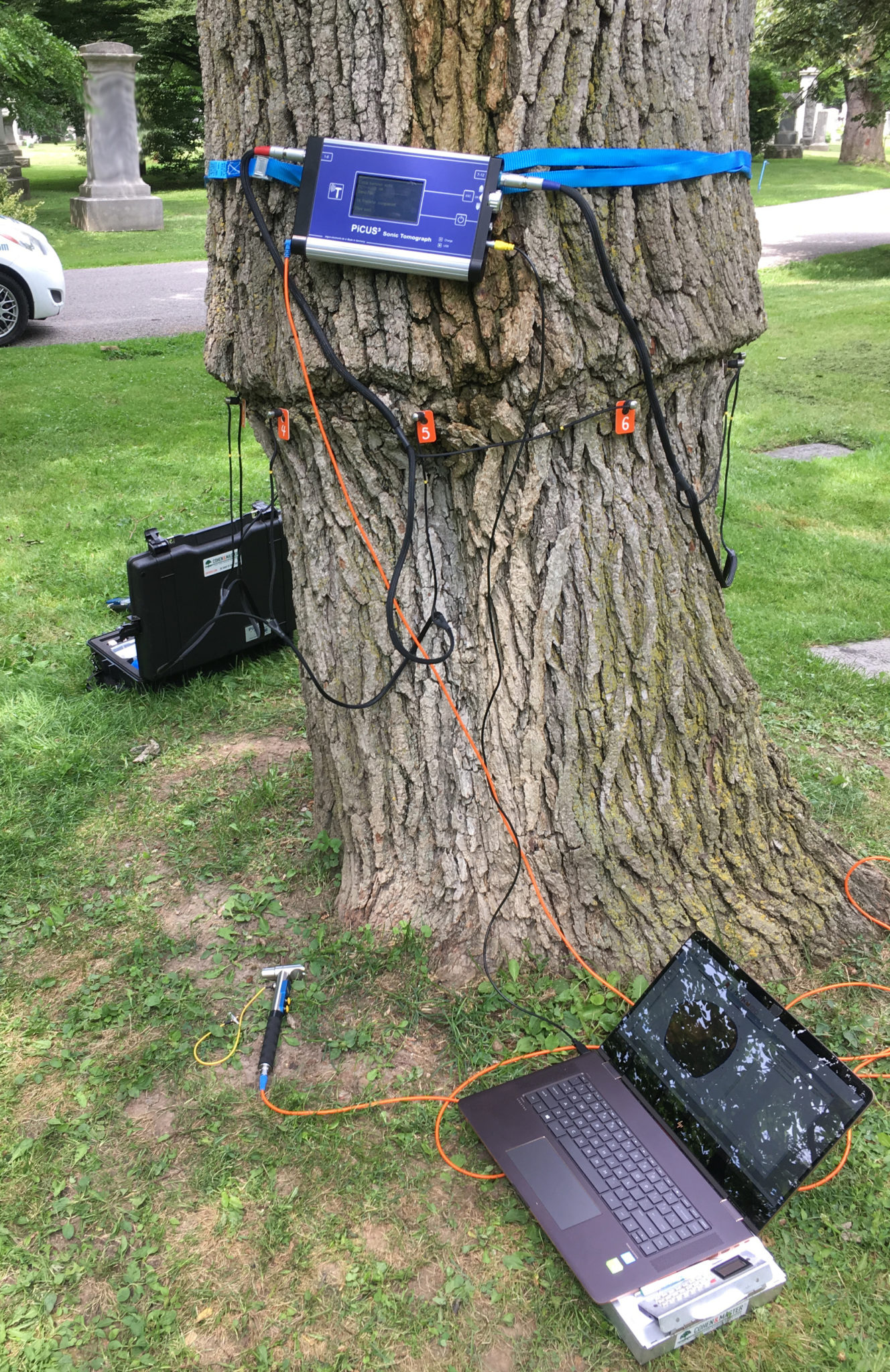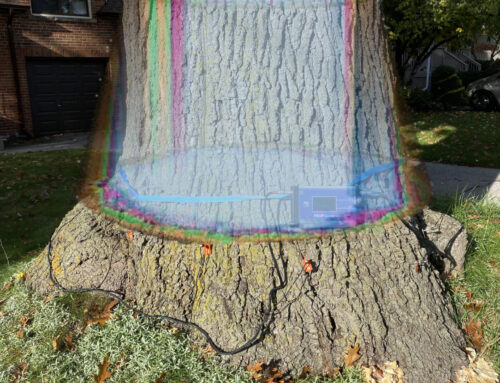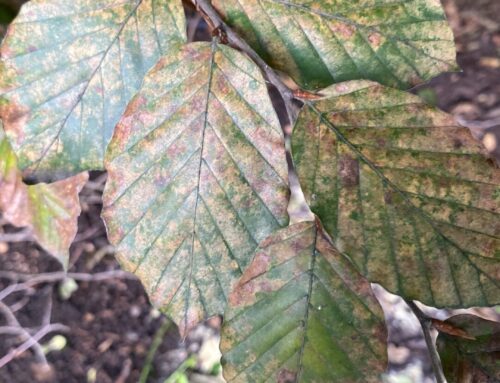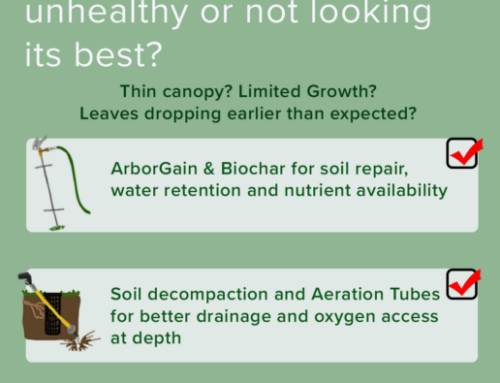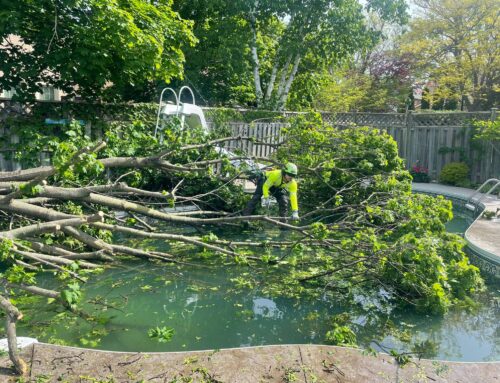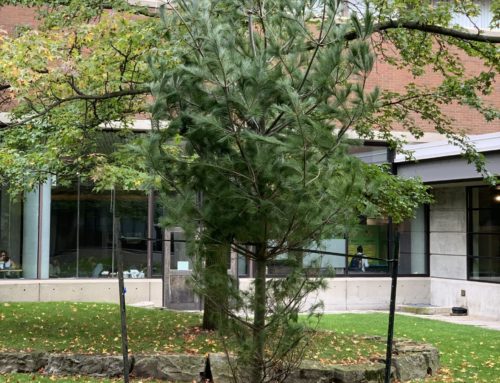An integral part of tree care is monitoring your tree regularly for defects, cracks, cavities or decay. While some of these can be seen from the ground or by having an arborist climb up into the tree canopy, how do we know what’s going on inside the tree? Are there cavities and decay in the trunk that we can’t see that could pose a risk? Has an internal crack developed in the trunk? How can we be sure that our tree is structurally sound?
Much like a doctor will use x-rays or ultrasounds to look inside our bodies, we can use a Sonic Tomograph machine to look inside a tree.
What is a Sonic Tomograph?
A sonic tomograph is an instrument used to study the internal structure of trees. It’s an ultrasound for trees.
It is used to look for hollows, decay and cracks inside the trunk of a tree.
How does it work?
Sensors are placed around the tree and connected to the tomograph computer with a cable.
Then, a special sonic hammer is used to tap on each sensor in sequence. This produces soundwaves throughout the tree.
The sound wave paths are measured by the sensors. The sound waves will move differently if the wood is solid damaged, decayed or void. The computer will generate a map of the cross section of the tree.
It shows decay, cavities structural defects or cracks within the cross section area.
It tells us about remaining tree wall thickness and the percentage of solid, decayed, or damaged wood.
It works because solid wood is a better sound wave conductor than wood that is decayed or structurally damaged.
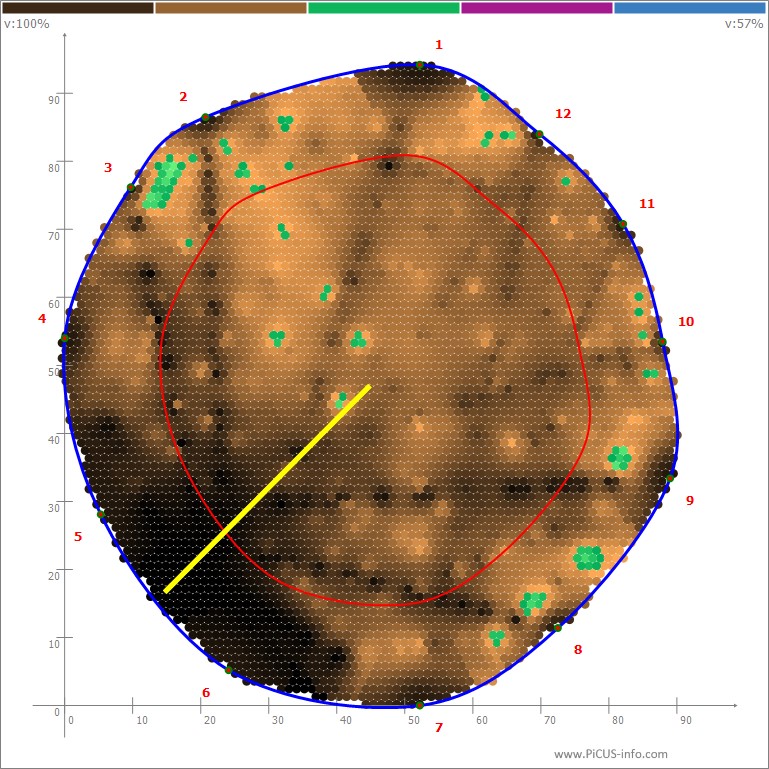
Case Study:
89cm Elm Tree – Mount Pleasant Cemetery
This tree was chosen as a Tomograph subject because of its unusual bark inclusion.
We wanted to determine if this was a result of the tree growing around an old metal bench that would have been around the tree, or if it was a result of grafting.
The tomography was performed at two cross sections – 1.2m and 1.4m above grade, respectively.
Findings:
No foreign objects were found inside the tree within the cross sections.
No significant abnormalities were found within the tree.
No decay was found at the bark inclusion and the structural integrity of the inclusion was verified.
Based on this, we can deduce that the bark inclusion is a result of an incompatible graft.
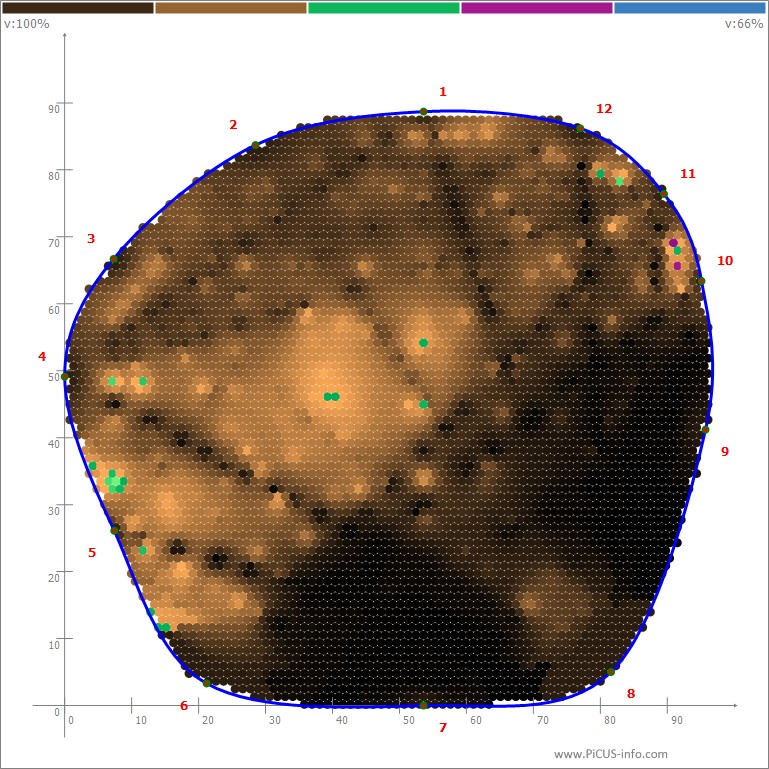
What is Grafting?
Grafting is a common horticultural practice for growing trees. Generally speaking, one plant is selected for its roots (stock), and the other for its stems, leaves, flowers or fruits (scion).
The scion is joined with the stock in a process called inosculation. Inosculation is a natural phenomenon in which trunks, branches or roots of two trees grow together when the cambium (main growth tissue in plants) come in contact with each other.
Both sets of tissues must be kept alive until the graft has “taken,” which usually takes a couple of weeks.
An incompatible graft, like the one seen here, occurs when one part of the graft, in this case, the scion, grows at a different rate than the stock.

Conclusion:
While the tree in question showed no signs of decay or cavities within, this tree should still undergo regular monitoring and maintenance. Because the stock is smaller than the scion, the root stock portion could potentially fail under the load of the larger diameter scion. We would recommend pruning the tree to maintain a well-balanced canopy, and treating the roots with soil conditioner and biostimulants to make sure they are as healthy and strong as they can be to support the tree. Regular inspections of the tree should be done to look for any possible changes in the tree.
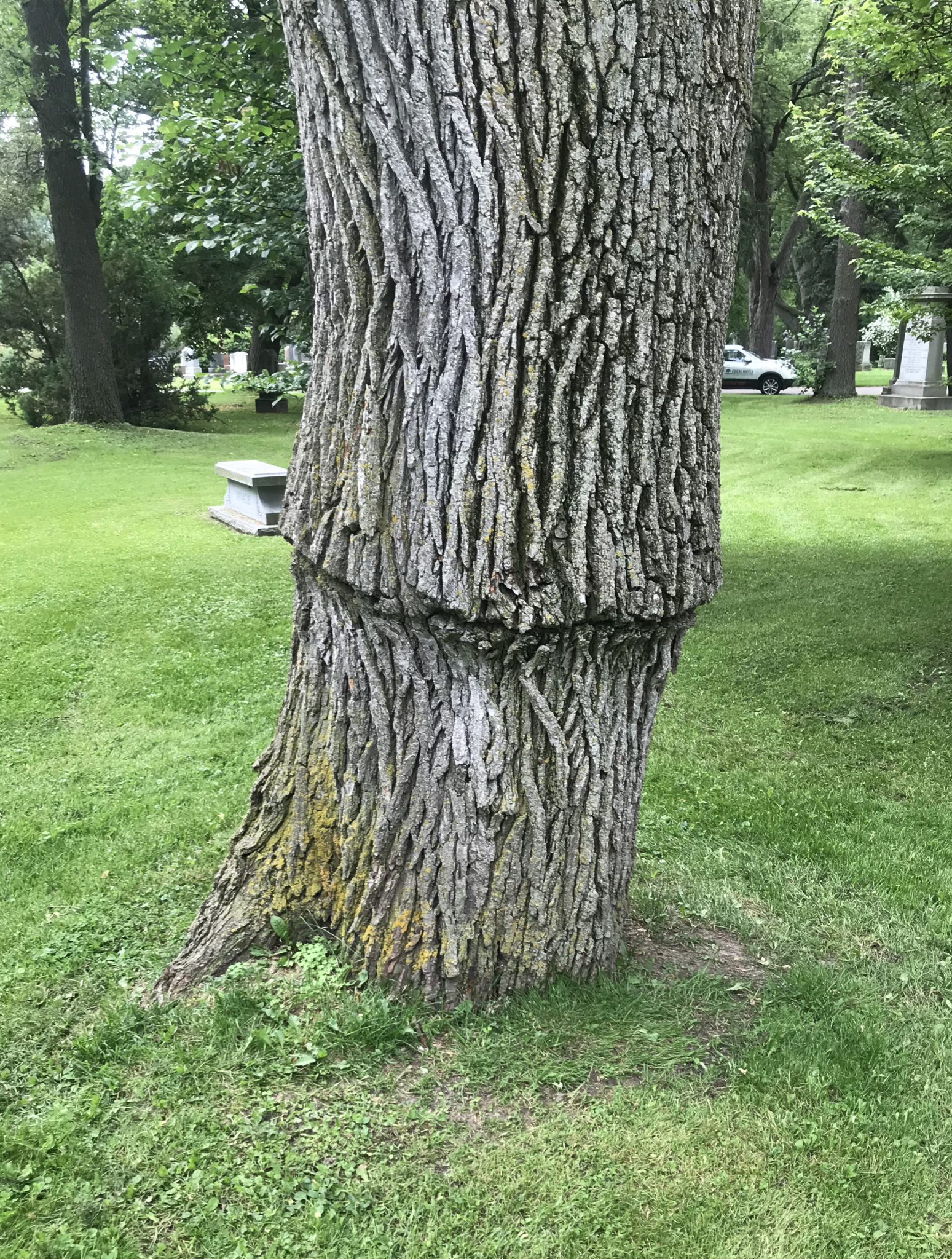
Do you have a tree that you’re curious about? Call your arborist today for a free consultation!
Be Good to Your Trees!
Kristie Nairn, MA, MMst
Cohen & Master Tree and Shrub Services Ltd.

